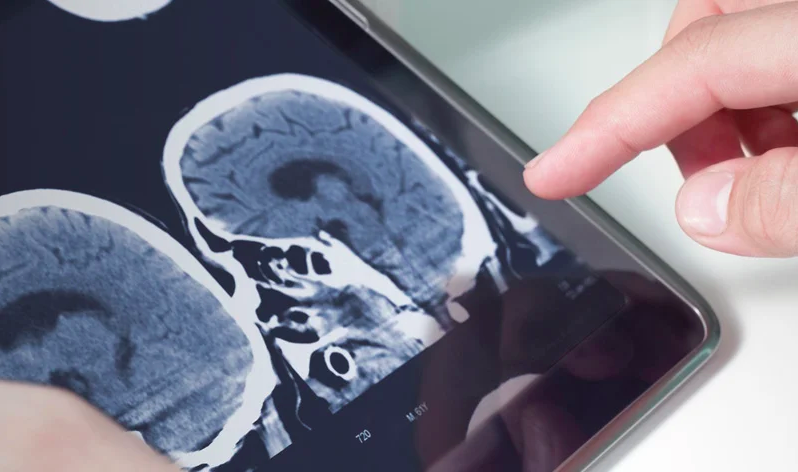Radiology – Integrated Training Initiative (R-ITI) | Paediatrics | Cardiac Shapes



Cardiac Shapes
Session Overview
Description
This session reviews which chambers contribute to the ‘normal cardiac outline’ and examines how specific chamber enlargement or absence alters the normal cardiac shape. It will describe the different diagnoses, which result in characteristic cardiac shapes that enable the diagnosis to be made from the chest radiograph (CXR). Associated features such as other mediastinal findings and changes in the lungs, for example right aortic arch, will be included where relevant.
Learning Objectives
By the end of this session you will be able to:
- Identify specific chamber enlargement
- Recognise specific cardiac shapes that suggest a specific diagnosis
- Describe the clinical significance of the diagnosis
- Identify the associated features on the CXR
Prerequisites
Before commencing this session you should have completed:
- Session in Module 5 Paediatrics/The Approach to the Chest Radiograph in Congenital Heart Disease (300-0462)
Although echocardiography and cardiac magnetic resonance imaging have replaced the CXR as the main diagnostic tools in congenital heart disease, the CXR can still provide a lot of useful information.
In some cases, it is still the first indicator that heart abnormalities may be present, so it is important to be able to recognise certain abnormalities of shape (Fig 1) which point towards the diagnosis.
Cardiac size and shape on CXR are often non-specific, but some cardiac shapes are typical of specific types of congenital heart disease:
- Egg-on side: transposition of the great arteries
- Boot: tetralogy of Fallot
- Sitting duck: truncus arteriosus
- Snowman: supracardiac total anomalous pulmonary venous drainage (TAPVD)
- Anaesthesia | Transfer | Modes of Transport
- Posted By eIntegrity Healthcare e-Learning
- Posted Date: 2024-12-22
- Location:Online
- This session considers the transport options available to critical care teams for the secondary and tertiary transfer of critically-ill patients.
- Anaesthesia | Sepsis | Resuscitation and treatment...
- Posted By eIntegrity Healthcare e-Learning
- Posted Date: 2024-12-22
- Location:Online
- This session describes the initial resuscitation for the patient with sepsis and septic shock. It focuses on the resuscitation and initial cardiovascular management of sepsis.
- Anaesthesia | Sepsis | Assessment and differential...
- Posted By eIntegrity Healthcare e-Learning
- Posted Date: 2024-12-22
- Location:Online
- This session describes how to assess a patient with suspected sepsis and recognize the differential diagnoses in suspected sepsis both on admission to hospital and in hospital.
- Anaesthesia | Sepsis | Sepsis Pathophysiology
- Posted By eIntegrity Healthcare e-Learning
- Posted Date: 2024-12-22
- Location:Online
- This session provides an overview of the pathophysiological processes that underpin normal immune response to infection. It then outlines how these contribute to the development of sepsis.
- Anaesthesia | Recognition of the critically ill pa...
- Posted By eIntegrity Healthcare e-Learning
- Posted Date: 2024-12-22
- Location:Online
- This session defines the mortality rate for patients admitted to ICUs in the UK and discusses important aspects of severity of illness scoring systems that are applied to this population. This session also looks at the longer-term non-mortality outcomes e
